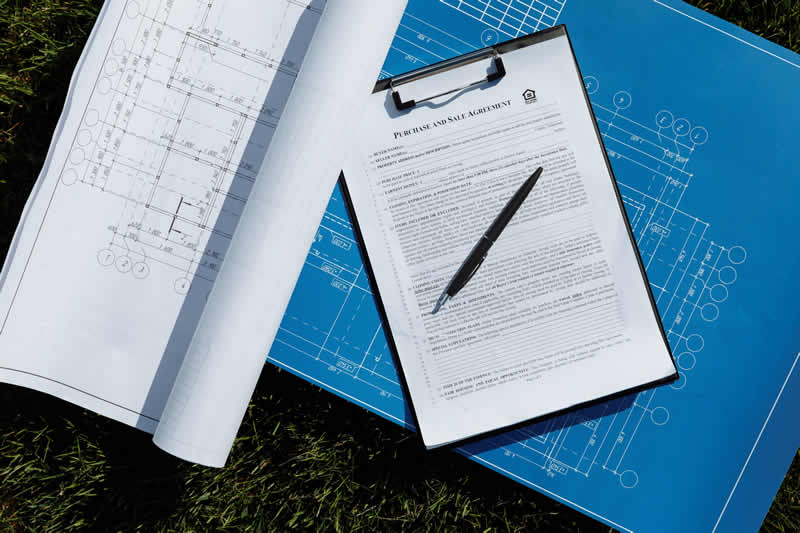The fields of engineering and manufacturing are marked by diversity, with professionals collaborating across borders to bring innovative ideas to life. However, this interconnected world introduces a unique challenge—translating engineering drawings and schematics accurately while preserving the precision and clarity inherent in these technical documents.
The Language of Engineering:
Engineers communicate through a universal language comprising symbols, dimensions, and notations. Translating this language requires more than linguistic proficiency; it demands an in-depth understanding of the principles and standards that govern the engineering discipline. A simple misinterpretation could lead to significant errors in the final product.
Preserving Precision:
Unlike general text, where the nuances of expression may allow for some flexibility, engineering drawings leave little room for ambiguity. Each line, symbol, and dimension has a specific purpose and meaning. Translators must tread carefully to ensure that these nuances are accurately conveyed, maintaining the precision essential for successful project execution.
Cultural Context:
Beyond the technical intricacies, the cultural context adds another layer of complexity. Different regions may have distinct engineering standards and practices. Translators need to bridge these cultural gaps, ensuring that the translated drawings align seamlessly with the expectations and requirements of the target audience.
Technology Integration:
Engineering in the 21st century is intertwined with cutting-edge technology. Translating drawings often involves working with specialized software and tools. The challenge extends beyond linguistic competence to include proficiency in these tools, ensuring a seamless transition between languages without compromising the integrity of the digital design.
Collaboration Across Borders:
Global engineering projects rely on collaboration among experts from diverse linguistic backgrounds. Effective communication is the linchpin of successful collaboration. The challenge lies not only in the translation itself but also in fostering a collaborative environment where all team members, regardless of language, can work cohesively.
Quality Assurance:
The stakes are high in engineering, where even the smallest error can have significant consequences. Translators must employ rigorous quality assurance measures to guarantee the accuracy of the translated drawings. This involves meticulous reviews, feedback loops with engineers, and a commitment to continuous improvement.
The Future of Engineering Translation:
As technology advances and global collaboration becomes more prevalent, the demand for precise and efficient engineering translation will continue to grow. The future lies in the development of advanced translation tools that seamlessly integrate with engineering software, streamlining the process, and reducing the likelihood of errors.
Summarizing
The challenge of translating engineering drawings and schematics is a multifaceted endeavor that goes beyond linguistic expertise. It requires a deep understanding of engineering principles, cultural nuances, and the integration of evolving technologies. As we peer into this intricate world, it becomes clear that overcoming these challenges is not just about language—it’s about ensuring the successful realization of innovative ideas on a global scale. TrueLanguage and our partner Powerling are available to answer any of your questions.


